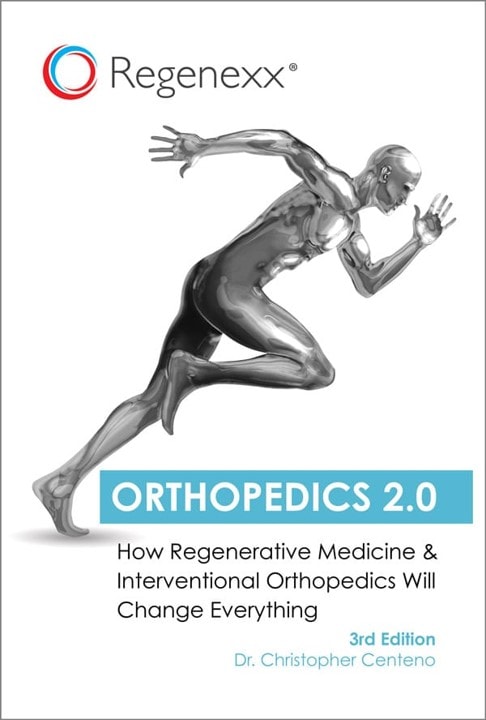We Replace Far Too Many Joints: New Study May Help End That Practice
If you read this blog, you know that I’m not a fan of joint replacements. That doesn’t mean I haven’t told people who really need them to get them, but a chunk of my career has been devoted to making sure many patients can avoid them. However, new research may make my job even easier and also provide some help to surgeons who tend to replace far too many joints.
When to Replace Joints: New Light on a Dark Subject
Total joint replacement continues to be on the rise, despite being expensive and fraught with risks of complications. It’s often not successful in relieving the pain of those who suffer from osteoarthritis—the most common reason to have the surgery in the first place.
To make matters worse, it is believed by academics that more than one in three knee replacements are not needed! But how do you know if you need a new hip or knee? When a surgeon recommends joint replacement, it’s difficult for a hurting patient to argue.
Results of a study posted in DG News last month tells us there may be a better way to decide on the need for joint replacement surgery. Researchers looked at what role collagens (proteins found in connective tissue) in the various components of joints play in determining the risk for joint replacement in patients. They discovered that biomarkers of extracellular matrix turnover can possibly predict a high risk of joint failure and the need for TJR.
What the Heck Is ECM?
Extracellular Matrix (ECM) is the mortar that holds together your cellular bricks. For example, your cartilage cells live in a specific mix of proteins that provide cushion and nutrients for those cells. Hence, if your ECM is healthy, those cells are too. However, if the ECM begins to break down, like bricks losing mortar, the whole structure is likely to fall apart.
ECM Breakdown May Be the Key to Predicting When Joint Replacement Is Needed
The researchers looked at data from two previously completed clinical trials that had involved oral supplements. For their study, they included post-joint replacement subjects (8 post-hips and 19 post-knees) with baseline CTX-I and CTX-II (biomarkers of cartilage breakdown and disease progression) levels available to analyze.
The team compared the risk of joint replacement (hip or knee) in patients with high vs. low CTX-I and CTX-II values, controlling for other factors like sex, age, and body mass index. Results of the study showed that a higher urine CTX-II was linked to a greater than 3 times risk of total joint replacement of the hip or knee. And, an elevated CTX-I was associated with an almost 9 times greater risk of knee replacement.
What Can You Do?
Preventing breakdown of your ECM is step 1. How do you do that? First, we know that common American problems associated with obesity like metabolic syndrome, make this breakdown worse. That means cleaning up your diet and getting more exercise. However, you can also help yourself by making sure you don’t become a surgical victim. Meaning, using orthobiologics to reduce help keep the wear and tear at bay. You can learn more about how all of that works by reading my book below:
The upshot? You should be focused on making sure your joints aren’t breaking down or trying to reduce that breakdown as you age. Why? We replace far too many joints because it seems easier, but realize that this procedure is the surgical amputation of the joint and insertion of a prosthesis!

If you have questions or comments about this blog post, please email us at [email protected]
NOTE: This blog post provides general information to help the reader better understand regenerative medicine, musculoskeletal health, and related subjects. All content provided in this blog, website, or any linked materials, including text, graphics, images, patient profiles, outcomes, and information, are not intended and should not be considered or used as a substitute for medical advice, diagnosis, or treatment. Please always consult with a professional and certified healthcare provider to discuss if a treatment is right for you.
